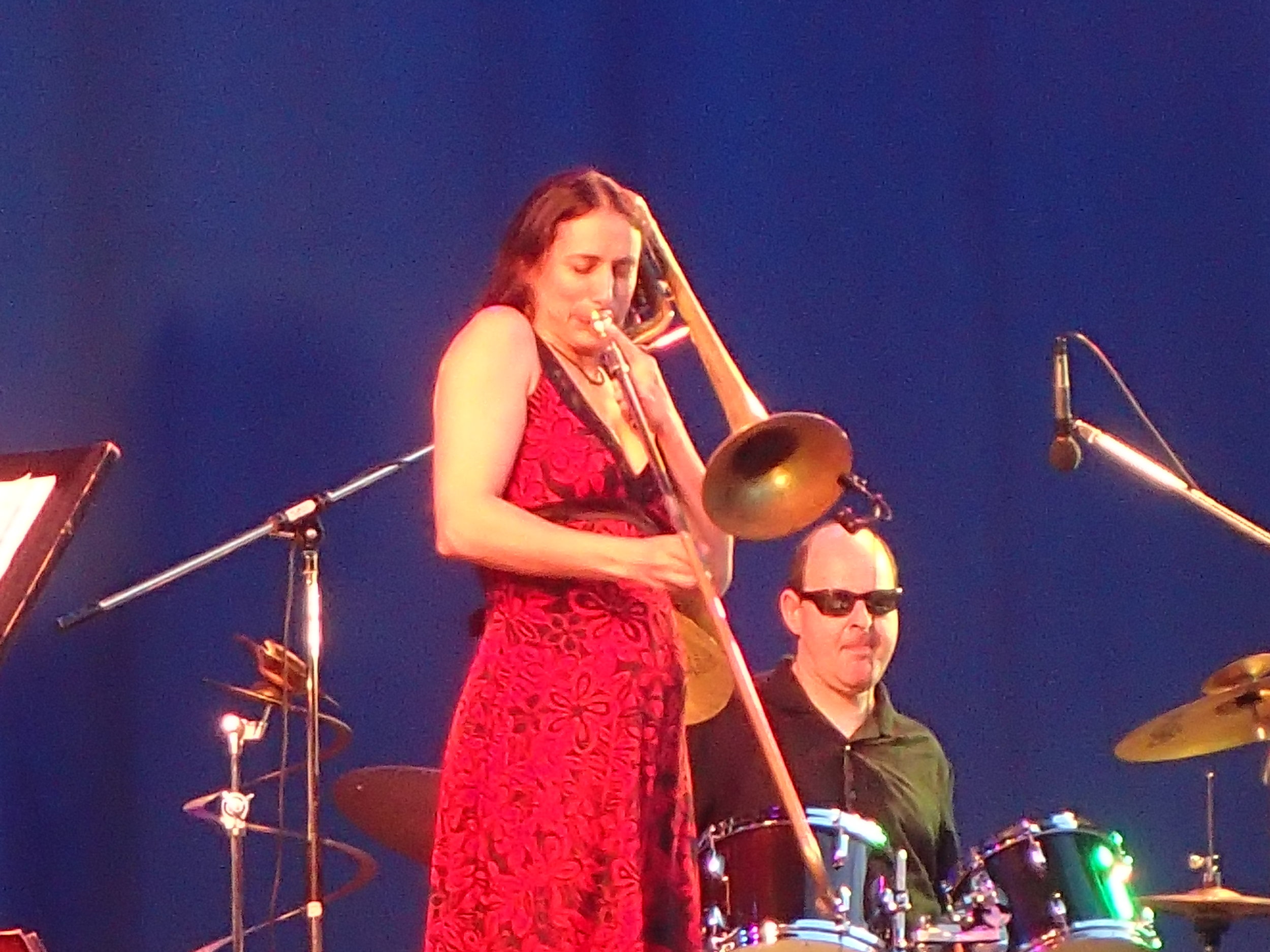Since my return from Lebanon, I have been busy with preparing the B+L Zukunftsforum. It is an annual event of B+L to present views on the future of the construction supply industry and discuss them with clients. There are always two main blocks. One is the presentation of the forecasts of volumes in residential and non-residential construction by regions and countries. This data is also provided in the Global Building Monitor (GBM), which is the data portal of B+L. But in the event, we also have the chance to tell the story behind the numbers, and especially when we divert from numeric models to quantify the effects of policy changes, this becomes extremely interesting. The other block is to discuss work on future trends affecting the industry, such as digitalization, demographic changes, and their impact on the demand side and shifts in the distribution channels. It was an excellent event, and we start joking that Cologne is the "Davos of the Construction Material Industry." But seriously, there is a lot of expertise and experience on parade, which is far different from a "conference" but displays facts and figures for the industry.
Already during that preparation and unfortunately ongoing, I was busy with moving. This became a complete nightmare, so I was happy to get away for a concert of Cristina Branco in Bad Homburg as part of the Rheingau Musik Festival. I like Portuguese Fado and also her interpretation of it, which became more modern over the years. What surprised me was the age structure of the audience, which was more on the old side. It may be that the marketing of the Rheingau Musik Festival did not reach a younger audience, or also that Bad Homburg is a spa and retirement town. But if this would be the target group of Fado, then about half of the audience would be dead in 20 years, and with it a big part of this culture. The quote of Ms. Branco, which made me laugh, was when she thanked the audience with: "It was beautiful to fill your silence." That's about how passionate it can get when you sing for Germans in Bad Homburg.




